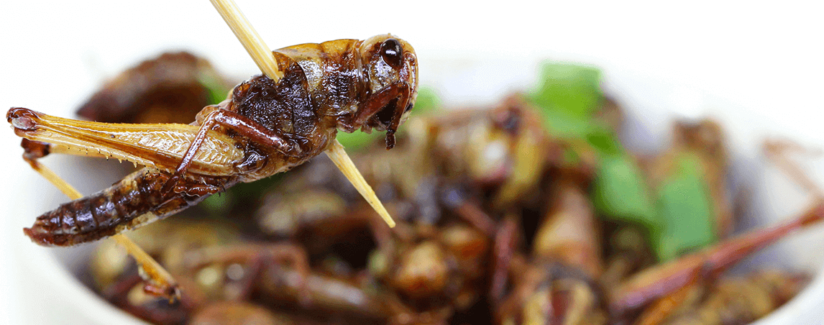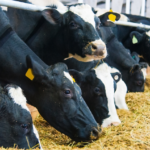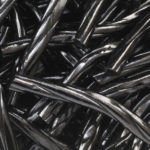
The Art of Eating Insects
Ready to try the latest food sensation – insects? For beginners, our Best Food Facts expert suggests pairing them a strong flavor to get used to the new taste. And just what do insects taste like? Registered dietitian Michelle Jaelin notes that taste is subjective, as with any food, and depends on how the insects are prepared.
“If they are roasted, they can have a crisp texture like nuts or peanuts. Most describe the flavour as ‘mushroom-y’ or ‘earthy,’ though they definitely taste more savoury than sweet,” she said.
Insects are an up-and-coming trend in the food world. Some chefs consider them a superfood. Crickets and mealworms are the most popular species to make it to the plate. Often, they are ground into a flour that can be made into various products.
“In North America, the most popular way to eat insects is in energy bars, coated in chocolate or baked in cookies. More recently they are appearing in pasta sauce and hot dogs,” Jaelin said.
Although insects are unfamiliar for many of us, that’s not the case in many cultures. “In many parts of the world including Asia, Central and South America, Australia and Africa, insects have been eaten for centuries as a food source. Although not as commonly eaten in North America, insects are becoming increasingly popular,” Jaelin said.
Insect dishes and snacks are becoming more accepted in many diets. An Australian restaurant is offering a “Bugstaburger” that features dehydrated ant mayo and roasted mealworms for Halloween. Bug snacks were available at the Texas State Fair this year.
The appeal of insects for many is that offer a sustainable option for a protein source.
“Eating insects is becoming more accepted because they are often farmed in a more environmentally sustainable way, using less water and resources than traditional livestock farming. The more consumers learn about the value of choosing more sustainable products, the more popular consuming insects will become,” Jaelin said.
This video takes a look at a cricket farm in Canada. “The Food and Agriculture Organization of the United Nations has also cited the value of eating insects as not only a source of food to diversify diets, but to help improve food security around the globe,” Jaelin noted.
We asked about the nutrients and health benefits of eating insects. “Insects have a similar protein content to that of soybeans, having a good amount of essential amino acids for human consumption,” she said.
Most of us are a little squeamish about eating bugs, so Jaelin offers some advice to get started.
“The easiest way to try insects is to have them covered in a more robust flavor, such as insects dipped in chocolate or honey mustard crickets, as the extra seasonings will make them more palatable. If the concept of eating insects still feels too strange, try not to think about what you are actually tasting and think of it as a food you normally like eating with similar taste and texture,” she said.
Once you get past any reservations and add insects to your diet, keep an eye out for possible allergic reactions.
“With trying any new food, watch out for hives, swelling of the lips, tongue or throat or shortness of breath which may indicate an anaphylaxis allergic reaction, which is the most severe possible side effect of insect protein,” Jaelin said.
Insects are an alternative source of protein that is growing more accepted and holds the potential to be a sustainable food source.
Originally published Jan. 17, 2017.


























